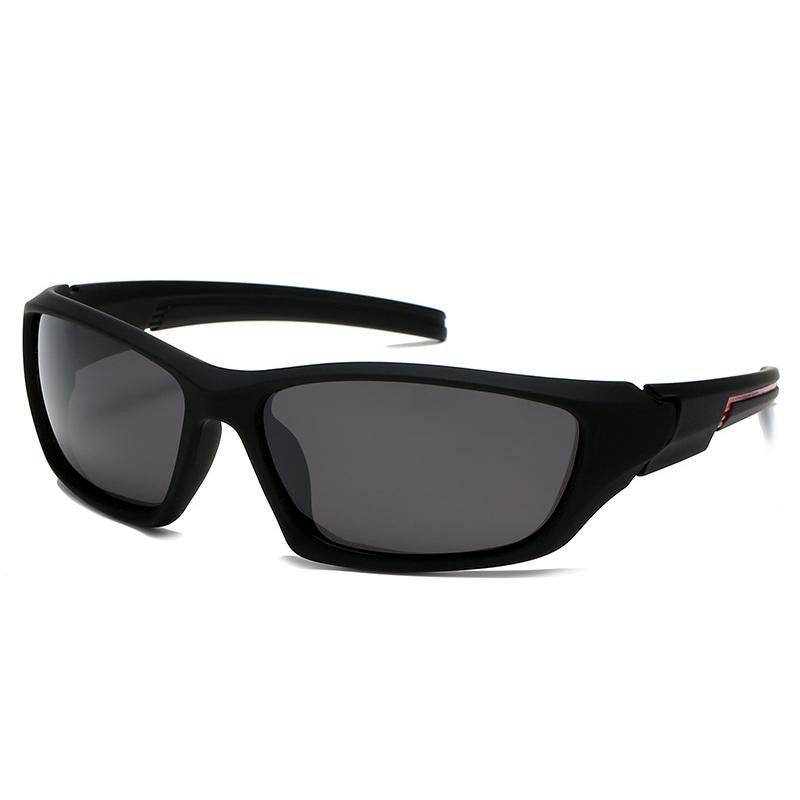Men’s fashion encompasses a wide range of styles, trends, and clothing choices that cater to the diverse tastes and preferences of men. It includes everything from casual wear and formal attire to accessories and grooming. Here are several key aspects of men’s fashion:
Men’s casual Wear: This category includes everyday clothing such as T-shirts, jeans, casual shirts, shorts, and comfortable footwear. Casual wear often reflects personal style and can be influenced by trends in streetwear, athleisure, and classic casual attire.
Formal Wear: Formal wear for men typically includes suits, dress shirts, ties, dress shoes, and formal accessories. These garments are worn for business settings, formal events, and special occasions. Tailoring and fit are crucial elements in formal wear, with an emphasis on classic and timeless styles.
Business Casual: This dress code bridges the gap between formal and casual wear. It includes garments like dress slacks, blazers, button-up shirts, and loafers. Business casual attire allows for a more relaxed yet professional appearance, often suitable for office environments and business meetings.
Athleisure: Athleisure combines athletic wear with casual clothing, creating a comfortable and stylish look. This trend includes items like joggers, sweatshirts, sneakers, and performance fabrics designed for everyday wear.

Accessories: Men’s fashion accessories encompass a wide range of items, including watches, belts, wallets, sunglasses, hats, scarves, and bags. These accessories can enhance and personalize an outfit, adding both functional and aesthetic value.
Grooming and Personal Care: Grooming is an essential part of men’s fashion. It includes hair care, skincare, grooming products, and personal care routines. Grooming trends often reflect changes in men’s attitudes toward self-care and personal presentation.
Trends and Influences: Men’s fashion is influenced by a variety of factors, including runway shows, fashion designers, cultural movements, subcultures, and celebrity styles. Trends in men’s fashion often evolve, with influences from streetwear, vintage fashion, sustainable clothing, and global cultural shifts.
Sustainability: There is an increasing focus on sustainable and ethical fashion in men’s clothing. This includes eco-friendly materials, ethical production practices, and a growing demand for transparency and accountability within the fashion industry.
Customization and Personalization: Many brands offer customization options, allowing men to personalize their clothing and accessories. This trend reflects a desire for individuality and unique expression within men’s fashion.
Inclusivity and Diversity: Men’s fashion is becoming more inclusive, with a growing recognition of diverse body types, cultures, and identities. This inclusivity is reflected in the range of sizes, styles, and representation within the fashion industry.
Men’s fashion continues to evolve, incorporating new influences, styles, and cultural shifts. The diversity within men’s fashion allows individuals to express their personal style, whether through classic tailoring, contemporary streetwear, or a blend of various fashion influences.